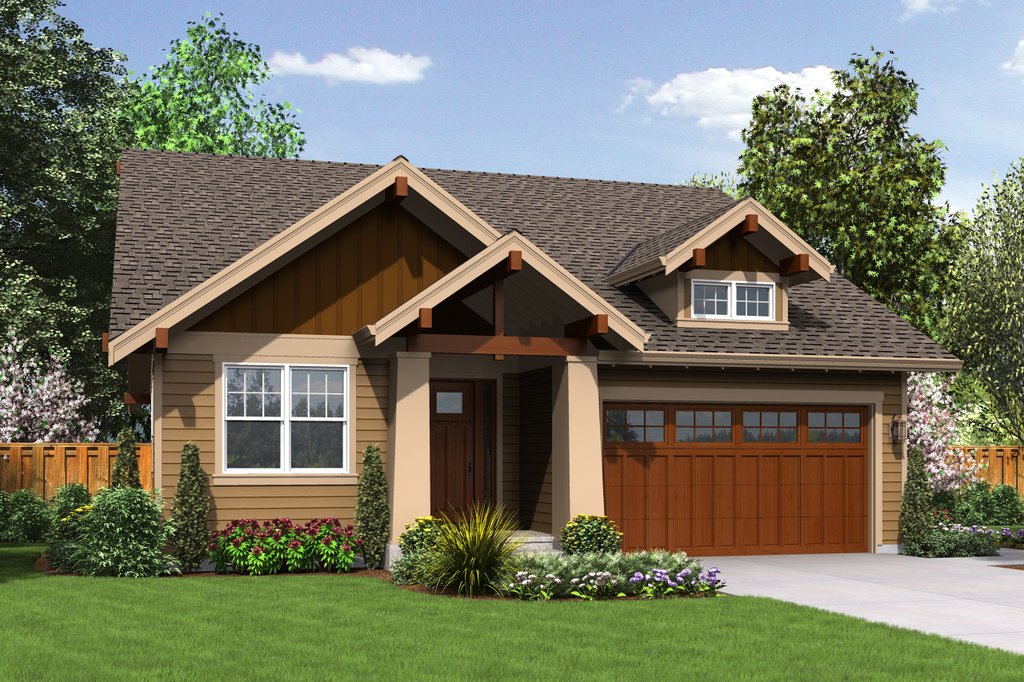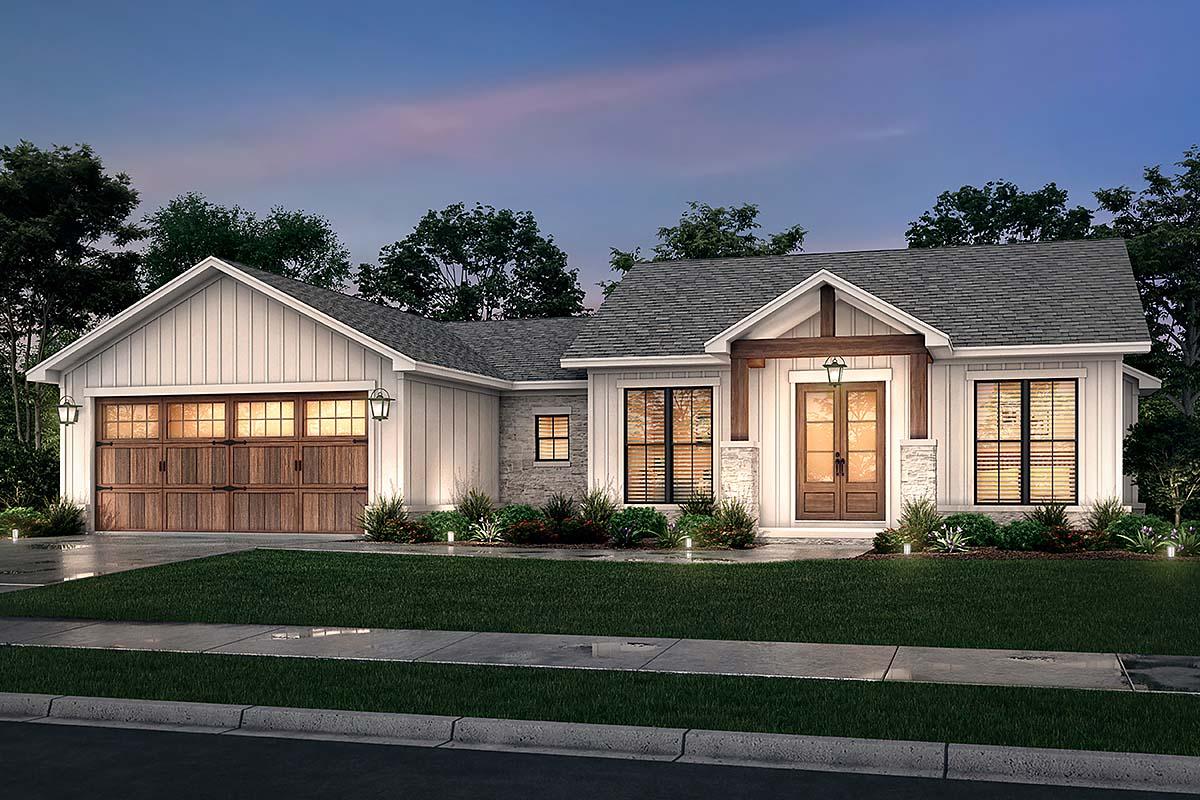Exactly How Architectural Provider Transform Residential Architecture Into Stunning Living Spaces
Architectural solutions significantly influence household style, converting basic structures right into phenomenal living spaces. Architects come close to each task with an one-of-a-kind perspective, concentrating on site analysis and customer vision. They use innovative design devices to develop useful formats and enticing visual appeals. This transformative process involves far more than aesthetic charm. It raises inquiries about sustainability, customization, and the advancing demands of home owners. What vital aspects contribute to this change?
The Duty of Architects in Residential Style
Although numerous home owners envision their suitable living rooms, the duty of architects in residential design is important for changing these visions right into fact. Architects bring a distinct blend of creativity and technical experience, making sure that the layout aligns with the home owner's desires while sticking to local building ordinance and guidelines. They carry out thorough website analyses, considering variables such as topography, climate, and area context, which influence the design's usefulness and sustainability.
Additionally, architects translate abstract ideas right into tangible strategies, making use of advanced software application to produce detailed plans and 3D versions. Their collective strategy commonly entails engaging with customers throughout the process, refining styles to better suit the house owner's lifestyle and preferences. Ultimately, designers serve as both enthusiasts and problem solvers, stabilizing visual ambitions with practicality, to develop sensational and practical living rooms that resonate with the owners' demands.
Innovative Style Concepts for Modern Living
Architects play a pivotal function not just in recognizing house owners' visions but also in pressing the limits of what modern-day living can encompass. Cutting-edge layout concepts are increasingly forming domestic style, mixing aesthetics with sustainability and functionality. Open up layout, identified by fluid rooms, foster connection and flexibility, permitting households to involve with each other in a harmonious atmosphere. Integrating biophilic layout, which highlights natural elements, improves health and produces a feeling of harmony within the home. Smart home technology is an additional characteristic of modern architecture, seamlessly integrating benefit and power performance into day-to-day live. In addition, modular and versatile furniture options permit residents to customize their home according to their advancing demands. These cutting-edge concepts not only raise the visual charm of homes yet additionally create an experience that prioritizes convenience, sustainability, and a connection to the surrounding atmosphere, redefining modern-day living for today's house owners.
Enhancing Functionality and Flow in Home Layouts
How can house owners achieve a smooth mix of capability and circulation in their space? Architectural solutions play an essential function in this venture by maximizing layouts that advertise simplicity of movement and availability. By thoughtfully organizing areas and making sure that links between rooms are smooth, architects can produce a harmonious atmosphere.
Including open layout typically improves connection, allowing for all-natural light to filter through and developing a feeling of space. Strategic placement of furniture and fixtures better sustains an effective use area, making sure that each area offers its function without really feeling confined.
Additionally, designers consider traffic patterns, recommending paths that lessen challenges and advertise a logical series of movement throughout the home. By balancing appearances with sensible style elements, architectural services make it possible for house owners to appreciate living spaces that are not just aesthetically attractive however also highly practical, boosting the general experience of day-to-day life.
Lasting Practices in Residential Architecture
Lasting techniques in household architecture emphasis on the integration of environment-friendly products and energy-efficient options. By focusing on these aspects, architects can produce homes that not just decrease environmental influence yet likewise enhance the wellness of their passengers. This method shows a growing commitment to sustainability within the sector.
Eco-Friendly Materials Use
%2520(2).webp)
Energy Efficiency Solutions
While several property owners look for aesthetic appeal, energy effectiveness has come to be a crucial top priority in property design. Architects significantly prioritize lasting methods by incorporating advanced energy-efficient options into their layouts. These solutions include appropriate insulation, energy-efficient windows, and purposefully placed solar panels, all targeted at lowering power consumption. In addition, modern-day heating and cooling systems, such as geothermal and solar-powered choices, add to reducing ecological influence while optimizing convenience. Natural air flow and daylighting methods are used to enhance interior air quality and reduce dependence on fabricated lights. By embracing these energy-efficient practices, engineers not just benefit home owners economically through lowered utility bills but likewise support wider sustainability objectives, ensuring that living areas are both spectacular and environmentally responsible.
Boosting Curb Allure and Outdoor Spaces

Thoughtful placement of outdoor functions, such as patio areas, decks, and pathways, develops welcoming locations for relaxation and mingling. These aspects are developed to move perfectly from the inside, urging a link between indoor and outdoor living.
Architects likewise stress the relevance of lights-- address both functional and ornamental-- to highlight architectural information in the evening, further improving the home's attraction. craftsman style house. In general, these methods not only boost the visual value of a residential property however also raise its bankability and enjoyment for homeowners and site visitors alike
Personalizing Insides to Show Client Lifestyles
Customization is essential in producing interiors that reverberate with customers' way of livings and choices. Architects and developers involve in extensive appointments to recognize specific demands, ensuring that each room reflects the home owner's identity. This process typically consists of evaluating day-to-day routines, pastimes, and household dynamics, which assists in crafting functional yet visually pleasing environments.
Incorporating individual elements, such as artwork, color pattern, and furnishings selections, allows for a cohesive layout that feels distinctly tailored. A home workplace may include ergonomic furnishings and inspiring design that cater to a professional's workflow, while a household area might focus on comfort and amusement alternatives. - craftsman style house

Often Asked Concerns
Just How Much Do Architectural Solutions Generally Price for Residential Projects?
Architectural solutions for residential projects commonly vary from 5% to 15% of the total building spending plan. Variables influencing prices consist of task intricacy, location, and the designer's experience, influencing overall rates frameworks in the sector.
What Is the Regular Timeline for Completing a Residential Layout Job?
The normal timeline for finishing a property layout project differs yet usually covers from Go Here several months to over a year, affected by factors such as task intricacy, client decisions, and the permitting process.
Exactly How Do Architects Collaborate With Contractors During Construction?
Architects collaborate with contractors with normal communication, sharing style specifications and addressing difficulties. This partnership warranties that construction abides by the architectural vision, maximizing both performance and aesthetics while suiting any kind of required modifications throughout the building procedure.

What Are Common Errors Property Owners Make When Hiring an Engineer?
Homeowners frequently forget the significance of clear communication regarding their vision, stop working to research an engineer's profile and experience, and overlook to develop a sensible budget, which can bring about misconceptions and unacceptable outcomes.
Can Architects Help With Getting Required Authorizations and Authorizations?
Architects have proficiency in steering with the complicated landscape of permits and authorizations. They help with interaction with regional authorities, ensuring compliance with guidelines, which improves the procedure and reduces hold-ups for home owners commencing building jobs.